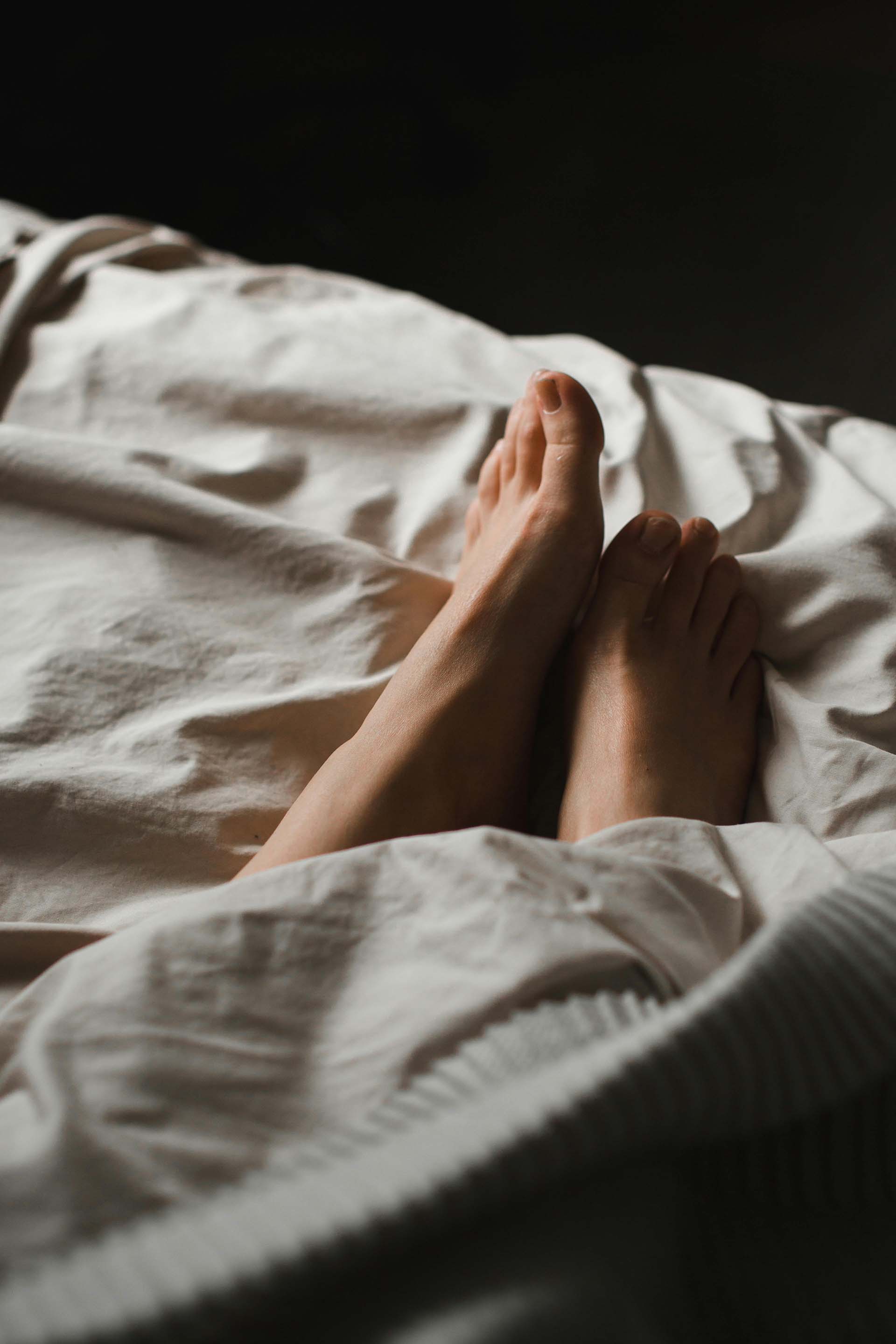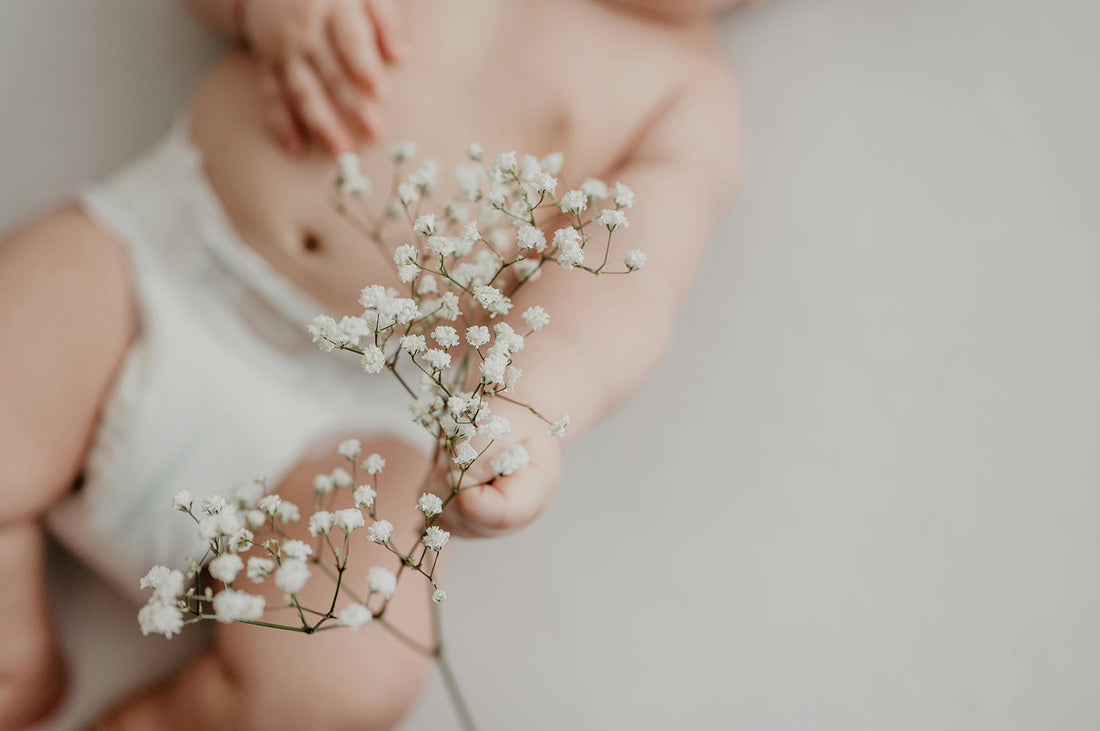As you examine your feet closely, you might be surprised by how much you've neglected them. Dry, cracked heels and fungal infections can be a thing of the past with the proper foot care routine.
You're probably wondering what the secret is to achieving soft, healthy, and happy feet. It starts with mastering the art of foot balm.
By understanding what makes a good foot balm and how to use it effectively, you'll be on your way to saying goodbye to foot problems and hello to a life of comfort and confidence.
Benefits of Using Foot Balm
Experience the transformative effects of foot balm, which offers four key benefits for your feet, enhancing both comfort and health:
- Moisturizes Dry Skin: Foot balms are formulated to deeply hydrate and soften dry, rough skin on your feet. This can help prevent cracking and peeling, keeping your feet smooth and comfortable.
- Reduces Foot Odor: Foot balms often include antimicrobial or deodorizing agents that help combat foot odor. Regular use can help keep your feet smelling fresh.
- Improves Skin Health: Ingredients such as vitamins and essential oils in foot balms can support overall skin health. They can help heal minor cuts, abrasions, and other skin issues, promoting healthier feet.
- Enhances Comfort: By softening calluses and rough patches, foot balms improve the overall comfort of your feet. This can be especially beneficial for those wearing tight or ill-fitting shoes and those with conditions like plantar fasciitis.
The Science Behind Foot Balm: How It Works to Keep Your Feet Healthy
When you apply a high-quality foot balm to your skin, its active ingredients penetrate deep into the epidermis, triggering a cascade of biochemical reactions that ultimately lead to hydrated, protected, and healthy-looking feet.
The emollients and moisturizers in the balm fill the gaps between skin cells, restoring the skin's natural barrier function and preventing water loss. This, in turn, reduces inflammation and soothes dry, cracked skin.
As the balm absorbs into the skin, its antioxidants and anti-inflammatory compounds work, neutralizing free radicals and calming irritated tissues.
This reduces oxidative stress and promotes a healthy inflammatory response, allowing skin to heal and regenerate more efficiently.
The result is skin that looks and feels softer, smoother, and more resilient.
Understanding the science behind foot balm, you can appreciate the complex mechanisms and make informed decisions about your foot care routine.
How to Choose the Best Foot Balm
The distinction between a standard foot balm and an exceptional one lies in the meticulous choice of ingredients and formulation, which significantly impacts achieving optimal foot health and beauty.
- Look for Ingredients that address specific concerns such as dryness, cracked heels, or fungal infections.
Natural ingredients like shea butter, coconut, and tea tree oil are excellent moisturizers and antifungals. Ginger and lavender relieve sore muscles and comfort tired feet, ankles, and legs, while grapefruit and cypress aid in reducing water retention and boosting circulation.
- Consider the balm's pH level.
A pH-balanced foot balm reduces the risk of irritation and discomfort, while too acidic or alkaline products can cause dryness, redness, or burning, especially on sensitive skin.
- Look for ingredients that address specific foot concerns, such as dryness, cracked heels, or fungal infections.
- Pay attention to the balm's texture and consistency as well.
A good foot balm should be rich and non-greasy, allowing easy skin absorption.
- Be wary of balms with harsh chemicals, artificial fragrances, or dyes
These can cause skin irritation. Instead, opt for a balm with a gentle, non-comedogenic formula that won't clog pores.
How Often Should You Apply Foot Balm?
You're likely wondering how often to apply foot balm for optimal results.
The frequency of application depends on your skin type and needs, but a general rule of thumb is to apply foot balm at least twice a day, ideally after showering or bathing and before bed.
You should integrate foot balm application into your daily skincare routine after bathing or showering to lock in moisture and soften rough skin.
This timing allows the balm to penetrate deeper into the skin, providing more effective hydration and exfoliation. Aim to apply foot balm at least twice daily, once in the morning and once before bed, to maintain consistent moisture levels.
When developing your routine, consider your skin type and specific foot concerns.
If you have dry, cracked heels, you may need to apply thicker layers of balm more frequently. For athletes or individuals with sweaty feet, using a lightweight balm after exercise or at the end of the day can help control moisture and prevent fungal infections.
The Soothing Power of Erbaviva Refreshing Foot Balm
Erbaviva Refreshing Foot Balm is renowned for its ability to soothe and revitalize your feet, making it an essential part of a relaxing, spa-like routine at home.
This balm relieves dry, cracked heels and rough foot skin, enhancing your daily self-care regimen. Erbaviva's unique blend of organic ingredients, including sunflower seed oil, lavender oil, grapefruit, and cypress, work synergistically to moisturize and protect your skin while offering a calming, refreshing experience.
With regular use, you can expect to see significant improvement in the texture and appearance of your skin while enjoying a sense of relaxation and well-being.
Erbaviva Refreshing Foot Balm is free from harsh chemicals, artificial fragrances, and dyes, making it suitable for even the most sensitive skin types.
Conclusion
By integrating Erbaviva Refreshing Foot Balm into your routine, you'll be on your way to achieving soft, healthy, and happy feet while indulging in a spa-like experience.
This high-quality product not only helps combat dryness and cracked heels but also provides long-lasting hydration and relaxation, making every day feel like a spa day.
Regular application enhances the comfort and appearance of your feet and contributes to your overall well-being. Remember, the journey to soft, smooth feet begins with consistent care and the right product.
So, step into softness today and let your feet enjoy the pampering they deserve.
Frequently Asked Questions
- Can Foot Balm Be Used on Other Skin Areas Besides Feet?
You're wondering if foot balm can be used elsewhere on your skin. While it's primarily designed for feet, you can use it on dry, rough skin areas like elbows, knees, or hands, but be cautious with sensitive areas and ingredients that might irritate them.
- Can I Use Foot Balm on Broken or Cracked Skin?
You should avoid applying foot balm directly to broken or cracked skin, which may irritate the area or delay healing. Instead, gently dry the affected area before using a fragrance-free, gentle balm.
- Do Foot Balms Expire, and How Do I Store Them?
You should check the expiration date on your foot balm, as it typically ranges from 1-3 years. Proper storage in a cool, dry place, away from direct sunlight, will help extend its shelf life.







